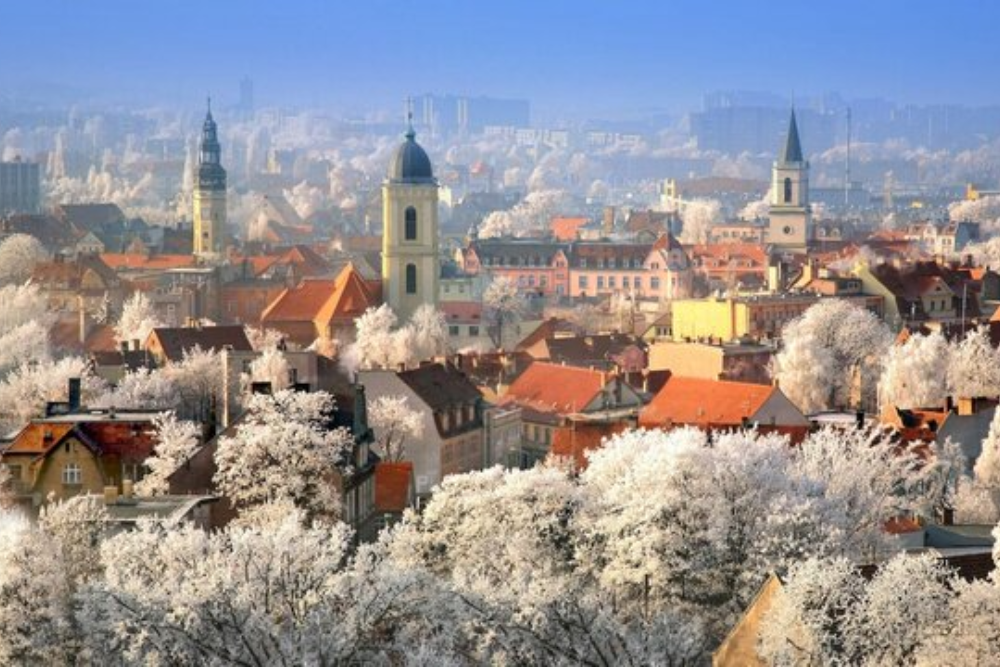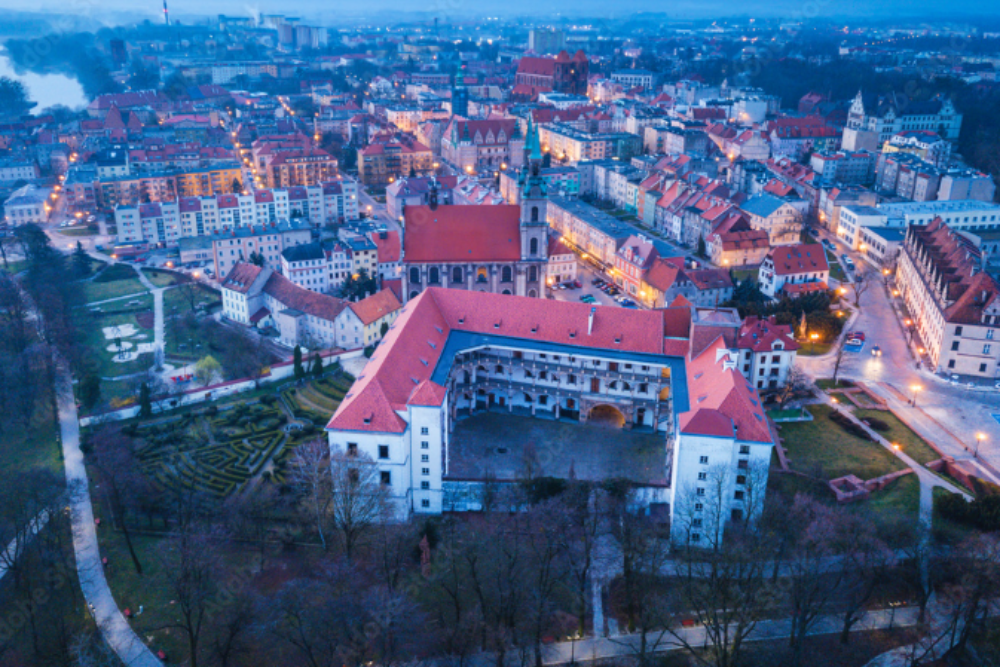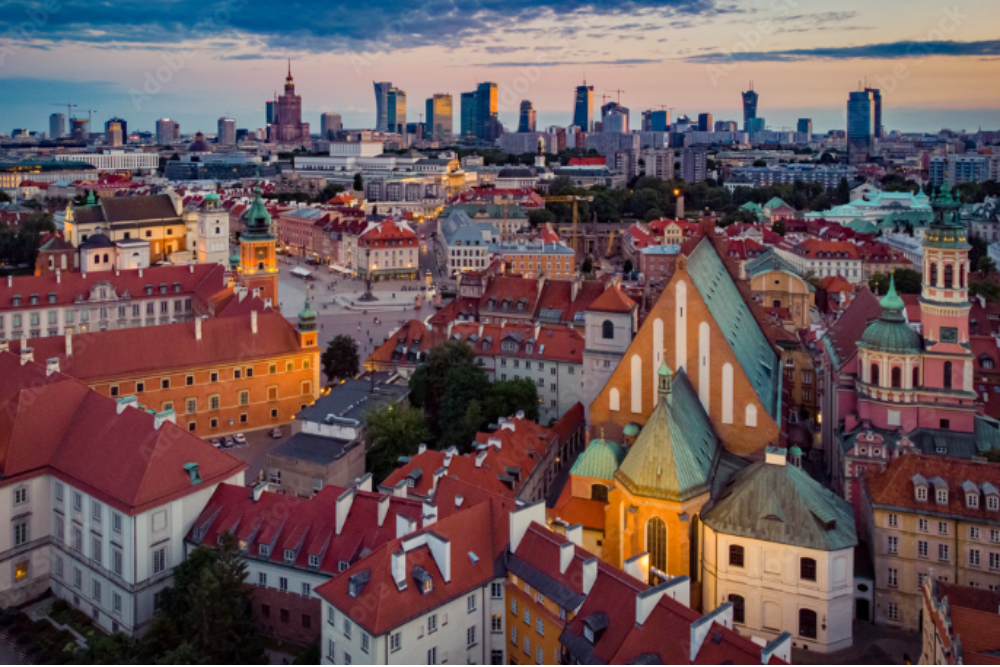Vietnam is a land of stunning landscapes, rich history, and vibrant culture, all of which are beautifully encapsulated in its UNESCO World Heritage Sites. These sites not only reflect the country’s natural beauty and historical significance but also offer insights into the traditions and lifestyles of its people. In this guide, we’ll explore Vietnam’s most remarkable UNESCO World Heritage Sites, showcasing their unique features and tips for visiting.
1. Ha Long Bay
Overview
Located in northern Vietnam, Ha Long Bay is famous for its emerald waters and thousands of limestone islands topped with rainforests. This breathtaking landscape has been a UNESCO World Heritage Site since 1994 and is renowned for its stunning natural beauty.
Key Attractions
- Cruising the Bay: Take a boat tour to explore the myriad islands and hidden caves, such as Sung Sot Cave (Surprise Cave).
- Kayaking: Rent a kayak to paddle through the tranquil waters and get up close to the limestone formations.
- Cat Ba Island: Visit the largest island in the bay, known for its beautiful beaches and national park.
Visiting Tips
- Best Time to Visit: October to April offers cooler, drier weather, ideal for outdoor activities.
- Accommodation: Stay on a cruise boat or in nearby towns like Cat Ba for a unique experience.

2. Hoi An Ancient Town
Overview
Hoi An, a well-preserved trading port dating back to the 15th century, is famous for its blend of Vietnamese, Chinese, and Japanese architecture. Designated a UNESCO World Heritage Site in 1999, Hoi An is a charming town that captures the essence of Vietnam’s cultural heritage.
Key Attractions
- Old Town: Wander the narrow streets lined with lanterns, traditional wooden houses, and ancient temples.
- Japanese Covered Bridge: An iconic symbol of Hoi An, this bridge showcases unique architectural styles.
- Local Cuisine: Don’t miss trying local specialties like Cao Lau and banh mi at the town’s street stalls.
Visiting Tips
- Best Time to Visit: February to April is ideal for pleasant weather and fewer crowds.
- Experiences: Participate in a lantern-making workshop or take a cooking class to immerse yourself in local culture.

3. My Son Sanctuary
Overview
My Son is an ancient Hindu temple complex located in the Quang Nam province, once a religious center for the Champa Kingdom. Recognized as a UNESCO World Heritage Site in 1999, it showcases remarkable architecture and rich history.
Key Attractions
- Temple Ruins: Explore the remains of over 70 temples built between the 4th and 14th centuries, adorned with intricate carvings.
- Cultural Performances: Attend traditional Cham music and dance performances held at the site.
- Natural Surroundings: Enjoy the lush landscapes that frame the temple complex, perfect for photography.
Visiting Tips
- Best Time to Visit: Visit during the dry season (February to August) for optimal weather.
- Guided Tours: Consider a guided tour for in-depth knowledge about the site’s history and significance.
4. Phong Nha-Kẻ Bàng National Park
Overview
This national park is a UNESCO World Heritage Site known for its stunning limestone karst landscapes and extensive cave systems. Phong Nha-Kẻ Bàng was recognized for its biodiversity and geological significance in 2003.
Key Attractions
- Phong Nha Cave: Take a boat tour to explore this impressive cave, famous for its breathtaking stalactites and stalagmites.
- Son Doong Cave: The largest cave in the world, known for its unique ecosystem, requires guided tours for access.
- Trekking: Experience the park’s rich biodiversity by hiking through its lush forests.

Visiting Tips
- Best Time to Visit: April to August is ideal for exploring the caves and enjoying outdoor activities.
- Accommodations: Stay in Dong Hoi or Phong Nha town for easy access to the park.
5. Complex of Hué Monuments
Overview
The Complex of Hué Monuments is a UNESCO World Heritage Site that includes the Imperial City, royal tombs, and temples of the Nguyen Dynasty. This site reflects the grandeur of Vietnam’s last ruling dynasty.
Key Attractions
- Imperial City: Explore the former royal palace, with its gates, halls, and temples, all showcasing traditional Vietnamese architecture.
- Royal Tombs: Visit the elaborate tombs of emperors like Khai Dinh and Minh Mang, each set in beautiful natural surroundings.
- Thien Mu Pagoda: This iconic pagoda on the banks of the Perfume River is a symbol of Hué and offers stunning views.
Visiting Tips
- Best Time to Visit: Visit from January to April when the weather is cooler and drier.
- Rent a Bicycle: Cycling is a great way to explore the area, especially the tombs outside the city center.

6. Trang An Landscape Complex
Overview
Recognized as a UNESCO World Heritage Site in 2014, Trang An is a scenic area in Ninh Binh Province known for its stunning landscapes of limestone karsts, caves, and lush rice paddies.
Key Attractions
- Boat Tours: Take a guided boat tour through the winding rivers and caves, surrounded by dramatic scenery.
- Biking and Hiking: Explore the countryside on foot or by bike, taking in the picturesque landscapes.
- Cultural Sites: Visit ancient temples and relics within the complex, offering insights into the region’s history.
Visiting Tips
- Best Time to Visit: The best months are from January to May when the weather is mild and the scenery is lush.
- Early Start: Arrive early to avoid crowds and fully enjoy the serene beauty of the landscape.

Conclusion
Vietnam’s UNESCO World Heritage Sites are a testament to the country’s rich cultural and natural heritage. From the breathtaking landscapes of Ha Long Bay to the historical significance of My Son Sanctuary, these sites offer incredible experiences for travelers.
Whether you’re exploring ancient towns, discovering the beauty of nature, or immersing yourself in history, Vietnam’s heritage sites promise unforgettable adventures. Make sure to include these remarkable destinations in your travel itinerary to fully appreciate the beauty and culture of this extraordinary country!












